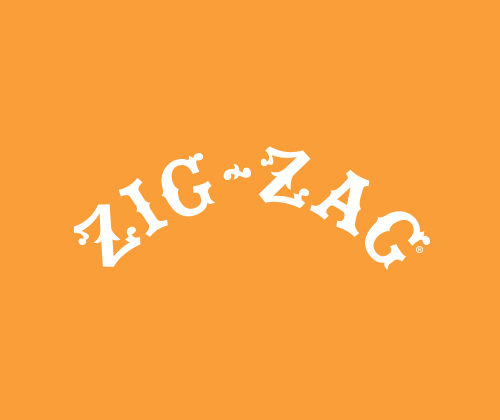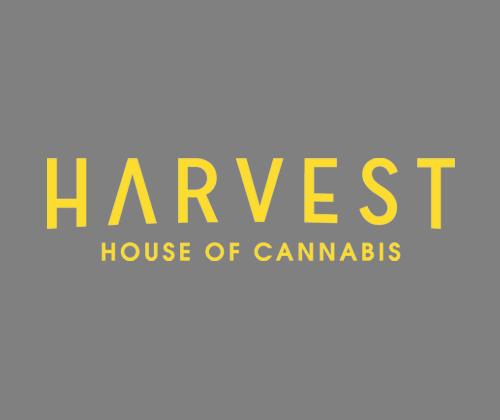Good ol' daze
A peek at the book Heads Together: Weeds and the Underground Press Syndicate 1965-1973, by David Jacob Kramer

Only a person who founded a book store could have pulled this off. It took many years following, like a cannabis literary zine private detective, the tiniest of leads and breadcrumbs from around the world for David Jacob Kramer to fall in love. And, to his surprise, from Zurich to Rome to Amsterdam, London, and Paris, he was lovingly invited by his subjects to share a pre-roll or two and discuss his project.
The youth uprising, now simply called “The Sixties,” was fed by one of the greatest booms in publishing history. The Underground Press Syndicate (UPS) began as a loose confederation of five papers in 1966, and within a few years swelled to over 500 across the world reaching millions of readers. They “spread like weed,” said the UPS director, weed-dealer, and eventual founder of High Times, Tom Forcade. The metaphor was apt: the UPS spurred the legalization movement, and cannabis became its totem.


The UPS was an antidote to the regular press, which at the time were simply regurgitating government positions on an array of subjects. The innovation of UPS was that each issue was locally oriented, but operated under an agreement of non-proprietary content, granting free reprint rights to anything that appeared in any of the issues. The imperative was to spread the word and bolster the movement. According to Kramer, UPS staff were busted for cannabis at 100 times the rate of the general hippie population. In 1969, cops busted their door down, destroyed the stereo, ripped down posters, stole subscriber lists, and trashed the library. In 1970, the entire staff of the Ann Arbor Argus was jailed for cannabis possession. Dallas Notes’ publisher, Stoney Burns, was sentenced to ten years and one day for an ounce of cannabis. John Sinclair, the White Panther’s Minister for Information and Co-founder of Detroit’s Fifth Estate, scored ten years in 1969 for passing two joints to an FBI agent who had infiltrated his staff. When a certain Beatle heard about this injustice he penned a song about it. John Lennon wrote the lyrics, “They gave him ten for two/ What else can the bastards do?”


[He] got ten years in prison for passing two joints to an FBI agent who had infiltrated his staff. [So] John Lennon wrote the lyrics, “They gave him ten for two/ What else can the bastards do?”
To be sure, weed was so pervasive it became a helpful means for government agencies to bust up the UPS network. Cannabis came to emblematize activist groups, and added a touch of flair to the mastheads of UPS titles. Weed permeated UPS pages, with gaps in text crammed with weed-inspired “spot illustrations.”
Kramer’s newly published book Heads Together, collects these drawings and artfully compiles guides for growing weed. Activist-oriented, psychedelic, mom-and-pop rolling papers are showcased, along with groovy psychedelic posters.


As cannabis is now fast-tracking toward full-on legalization in the U.S. and beyond, its once incendiary status is brought into odd relief. The art in this book speaks to a time when cannabis was smoked with optimism, but under the cover of darkness, as something potentially good for society and people, capable of activating profound transformation in the face of corrupt and powerful forces.


















